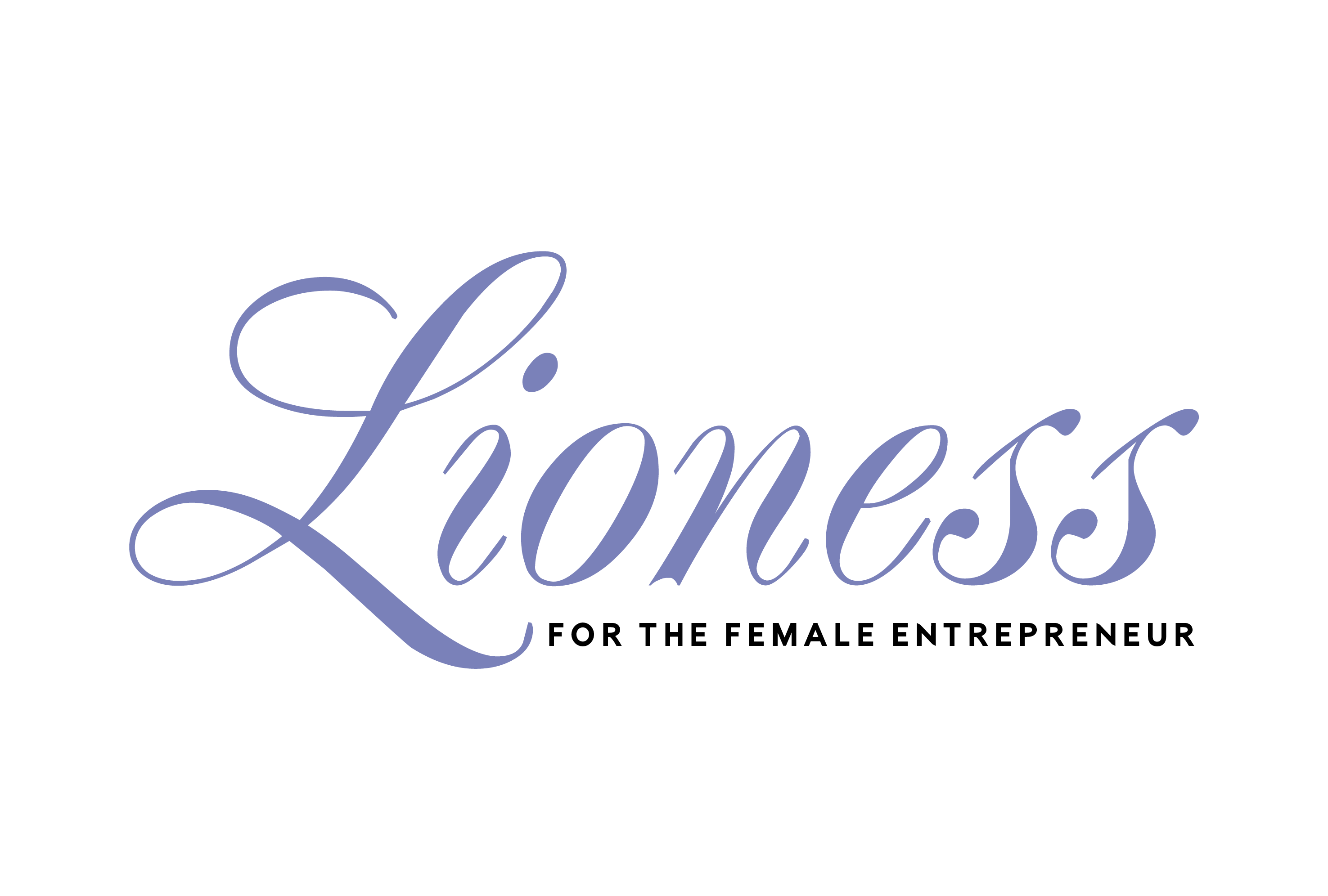There’s no reward without risk. Do your employees have the space to innovate – even if they might fail, and spectacularly at that? In this article from The Conversation, researchers and professors Souad Brinette, Abdoulkarim Idi Cheffou and Vesselina Tossan discuss how top companies actually celebrate their employees’ biggest failures of the year.
A growing number of companies are encouraging their employees to pursue their entrepreneurial dreams in-house – a trend known as intrapreneurship. Some managers do this by providing workers with the financial, human and material resources required for innovation. For example, Google has long encouraged employees to devote 20 percent of their working hours to side projects unrelated to their daily jobs. Other firms unleash workplace creativity by clearly stating the types of innovations they’re after.
Encouraging measured risks
Another less obvious and yet potentially game-changing method is tolerating, if not celebrating, failure. It’s common sense that rewards can act as “carrots” to encourage intrapreneurship – a concept we associate with success. But what if failure were just as important?
To create an organizational culture that boosts innovative intrapreneurial process, tolerating failure can be a first step. This can encourage employees to be more confident and to take measured risks – provided that this tolerance is made explicit to employees.
It’s also about encouraging the idea that learning can come from failure. Every stumble can be transformed into an opportunity because it helps us uncover new problems or different perspectives. An intrapreneur faced with an impasse acquires knowledge that they would not otherwise have been able to obtain. If someone else took over the project, they wouldn’t have been exposed to the same challenges, nor have the same learning as the original person.
Pitching a failure
It is possible to go even further. In a case study on the French energy company, Engie, we looked at their decision to give “best failed ideas” awards to employees who dared – and failed – to realize their innovative ideas.
We analyzed how Engie began to consider failed projects, not just to show a form of tolerance, but also to promote them within the company so that everyone can learn from them.
Despite being based on good ideas, some projects end up failing. They can be seen as quasi-successes, however, because sometimes it’s the company that decides to call them off. These are neither failures nor successes. Instead, they’re near-successes, also known as “nearlings”. These projects did not achieve the desired results for the firm, particularly in terms of profitability, but when carried out rigorously, they provided learning opportunities for the whole company.
The energy giant has even taken up the original idea of creating a category within its “innovation trophies” called “best failed idea”. The practice had already been popularised by Ratan Tata, head of a major Indian industrial group. It was an initiative by the company’s innovation manager to reward the best ideas that had “failed”, and the group experimented with the scheme from 2016 to 2020.
The selection procedure was not the same as for the other trophy categories, where project leaders apply spontaneously. Instead, the group’s innovation director canvassed candidates directly, acknowledging that presenting a failure was not easy.
The eventual winner of the “best failed idea” prize had a project whose development potential the company doubted and thus wasn’t financed. In a three-minute pitch, he was able to highlight what he had learned from the process, and the jury found his perseverance convincing. One of the members of the jury, a senior executive in the group, invited him to a private meeting – he had the intuition that while the idea had not been retained in its original context, it could be useful to his product line. Without this trophy category, the director would probably never have heard of the project.
“Best nearling”
And what if this type of initiative were to become widespread? Initiatives rewarding failure, which go beyond simply celebrating mistakes, are on the rise within large companies such as Google, Australia’s MacQuarie Telecom, the US accounting firm Intuit, the chemical firm Huntsman and the textile giant WLGore. Perhaps the name could be changed to “Best Nearling” to reassure employees who are reluctant to tell top management that they have failed, even if for the right reasons.
Failure’s tough to handle. Why don’t you join The Mastermind Failure Club?







Add Comment